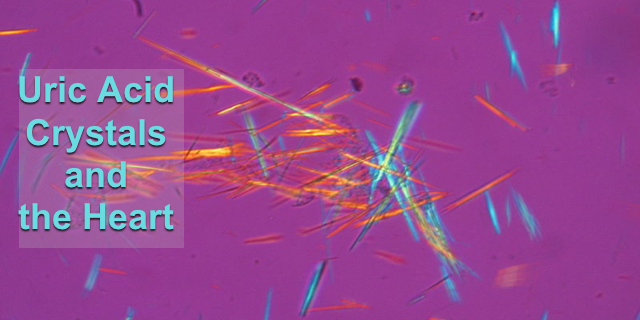 You may think of Henry VIII when you think of gout. Called the disease of kings, many associate it with excess. Gout is actually a common disease. Over three million people in the US diagnosed with gout every year.
You may think of Henry VIII when you think of gout. Called the disease of kings, many associate it with excess. Gout is actually a common disease. Over three million people in the US diagnosed with gout every year.
Gout is a builds up of uric acid in tissues, especially in the joints. Uric acid is a byproduct the digestion of purines, a natural substance found in steak, seafood, alcohol (especially beer) and in drinks sweetened with fructose. Usually the body eliminates uric acid through the kidneys but if the kidneys are overwhelmed or unable to process all the uric acid, it builds up in the body.
The first joint of the big toe may be where you first experience the pain, redness and burning of gout. Other joints may become involved. However, a recent case study reported in the Annals of Internal Medicine describes uric acid crystals in the heart muscle of a man with uncontrolled gout. The crystals were found in the cells (cardiomyocytes) of the heart muscle and caused myocarditis, an inflammation of the heart muscle. Myocarditis can cause arrhythmias, fluid retention and can lead to heart failure if it is severe and untreated.
“Many studies have found that hyperuricemia is associated with increased risk for coronary artery disease, heart failure, and sudden death. The mechanism for this association remains uncertain, and to the best of our knowledge myocardial damage from urate crystal deposition has not been reported”~Andrea Frustaci, MD and others
Risk factors of gout include diet, obesity and a family history. Men are affected more than women but, after menopause, women and men have the same risk of developing gout. Read about gout, uric acid and kidney stones here.
Below we share an infographic from the Cleveland Clinic, “Surprising Facts about Gout.”






